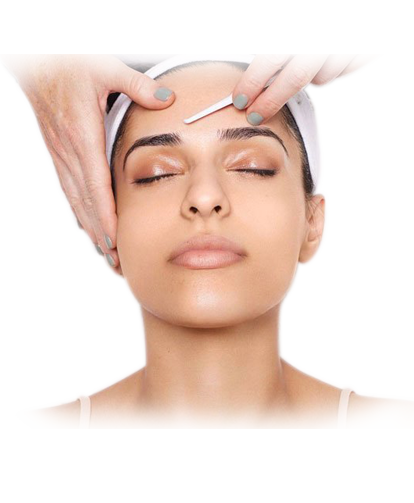Dermaplaning
Dermaplaning
Dermaplaning is a skin treatment that uses an exfoliating blade to skim dead skin cells and hair from your face. It’s also called microplaning or blading. Dermaplaning aims to make your skin’s surface smooth, youthful, and radiant. This treatment claims to remove deep scarring from acne and uneven pockmarks on your skin. It’s also used to remove “peach fuzz,” the short, soft hairs on your face. There’s little to no downtime required after a dermaplaning treatment. You won’t need to take time off from work, and you may even be able to fit it in during your lunch break.
The basic concept of dermaplaning is the same as shaving. By aiming a sterile blade at a 45-degree angle and dragging it slowly across your skin, you remove dead cells, scar tissue, and other debris that may be making your skin’s surface look uneven.
Your skin is exposed daily to harsh environmental toxins, irritants, and sun damage. This can cause the top layer of your skin to appear dull, and it can make you look aged. Dermaplaning clears away those damaged skin cells so newer skin cells are what you see when you look in the mirror.
During a dermaplaning procedure, you may feel a tingling sensation during the treatment. This will continue for 20 to 30 minutes, on average, as your provider gently works to exfoliate the skin. You don’t need to plan any downtime to recover from a dermaplaning treatment. You may experience redness or feel like your skin is scraped in the two or three day’s right after the procedure.
You may notice that your skin looks brighter immediately after you’re finished with a dermaplaning treatment, but it often takes a few days to appreciate the full results. As any redness subsides, you’ll be able to see the results more clearly in the days afterward.

Get Appointment
Time Shedule
Working Hours
- Mon - Sun : 9:00am - 06:00pm
- Closed on Poya and Mercantile holidays